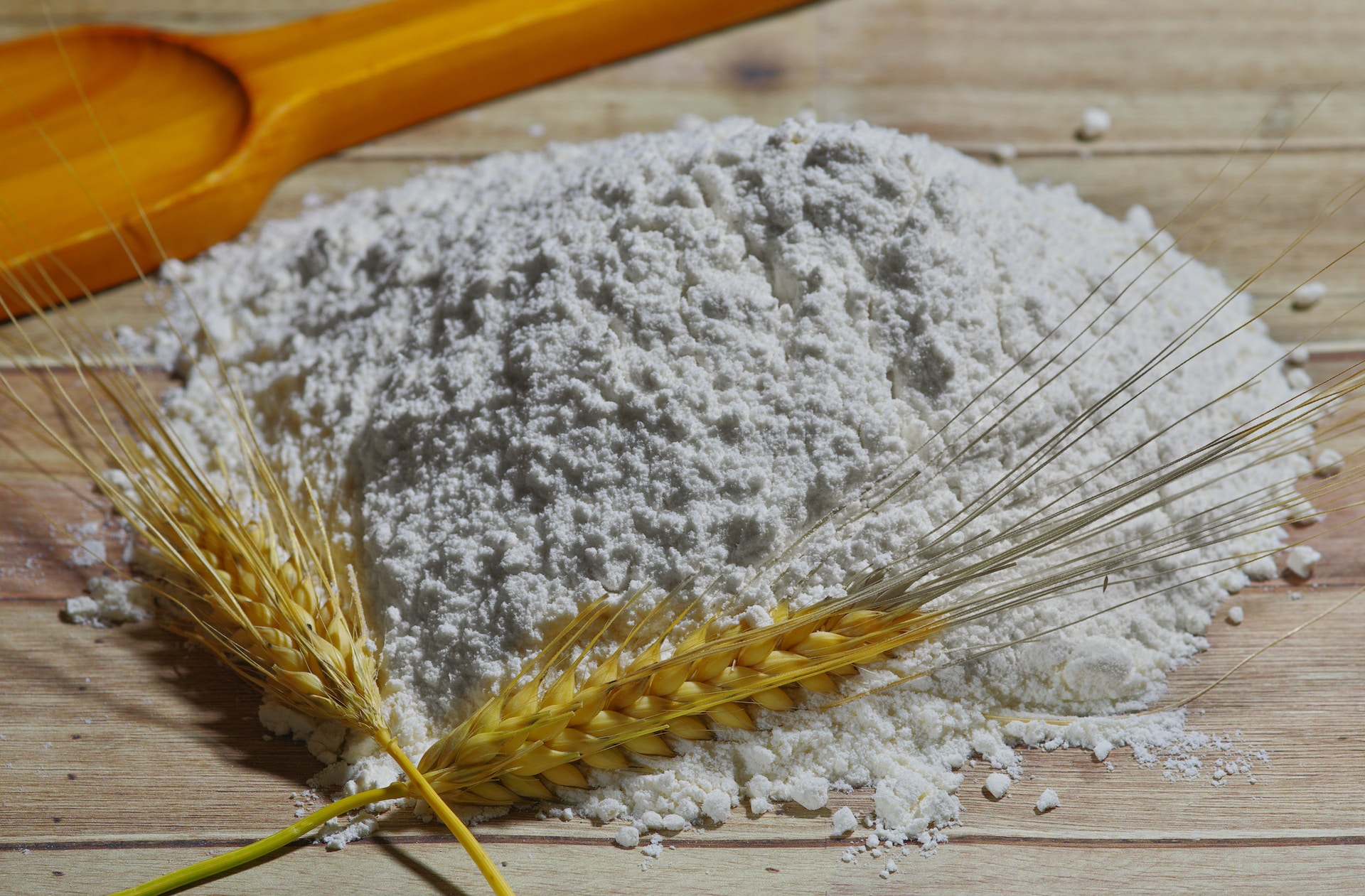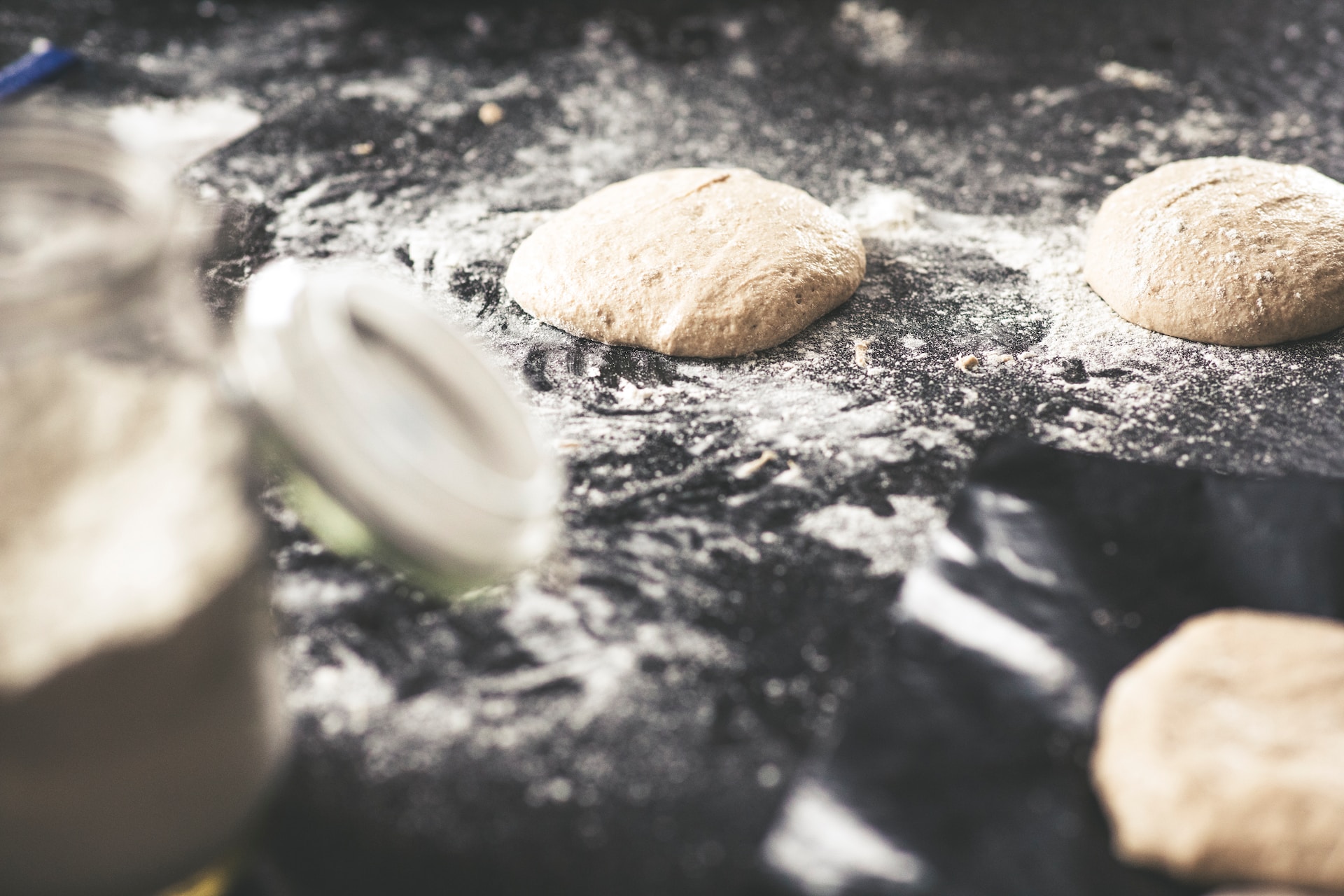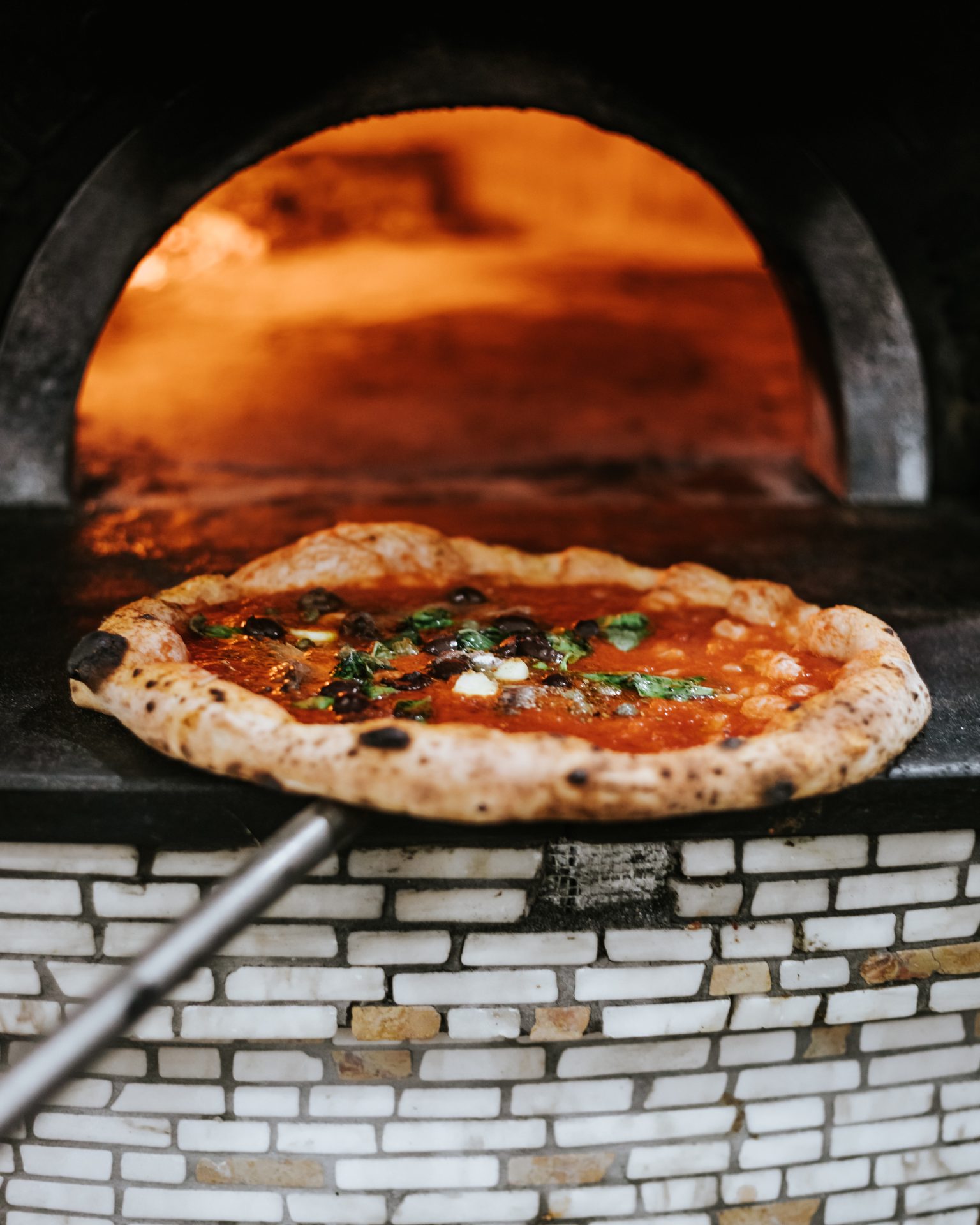A well-crafted pizza is a harmonious symphony of flavours, but at its core lies the unsung hero: the crust. The quest for the perfect pizza crust is an art form that combines culinary intuition with scientific precision. Whether you’re firing up your outdoor pizza oven or cooking on a grill, understanding the science behind pizza dough is the key to achieving crust perfection. So join us while we look into the intricate science of pizza dough and provide you with indispensable tips for creating the perfect crust that will leave your taste buds singing.
The Chemistry of Flour: The Foundation of Dough

Choosing the Right Flour:
Different flours contain varying levels of protein, which affects gluten formation. For a classic Neapolitan-style crust, opt for “00” flour, known for its low protein content. For a chewier, New York-style crust, go for bread flour with higher protein levels.
The Role of Gluten:
Gluten is formed when water interacts with flour proteins. Kneading dough develops gluten, giving the crust structure and elasticity. Longer kneading develops more gluten, resulting in a chewier crust.
The Yeast Factor: Fermentation Magic

Types of Yeast:
There are two main types of yeast used in pizza dough: active dry yeast and instant yeast. Active dry yeast requires proofing in warm water, while instant yeast can be mixed directly with dry ingredients.
Fermentation Process:
Yeast feeds on sugars in the dough, producing carbon dioxide gas as a byproduct. This gas gets trapped in the dough, causing it to rise and create air pockets in the crust. Good yeah!?
Cold Fermentation:
Cold fermentation involves allowing the dough to rise slowly in the refrigerator over an extended period. This process enhances flavour development and creates a more complex crust, so if you have the time, this is the way. You can wrap the dough in cling film to stop the outside drying out.
The Power of Autolyse: Resting for Texture
Autolyse Technique:
Autolyse involves mixing flour and water, and then allowing them to rest before adding other ingredients. This rest period helps hydrate the flour, improve gluten development, and enhance the dough’s extensibility.
The Perfect Water Ratio: Achieving Consistency
Water Absorption:
Different flours absorb water differently. Start with a lower water-to-flour ratio and gradually add more water as needed to achieve the desired dough consistency. You can always add more water, but you can’t really take it out again!
Salt’s Impact: Flavour Enhancement & Dough Strength
Flavour Enhancement:
Salt not only enhances the flavour of the crust but also strengthens gluten formation, resulting in better dough structure.
Timing Matters – Adding salt early:
Adding salt at the beginning of mixing can hinder gluten development, so it’s best to add it after initial mixing or autolyse.
Achieving the Right Dough Consistency: The Windowpane Test
Windowpane Test:
After kneading, perform the windowpane test: stretch a small piece of dough between your fingers. If it stretches into a thin, translucent sheet without tearing, your dough is adequately developed.
Stretching Techniques: The Art of Shaping
Hand Stretching:
Gently stretch the dough using your hands, starting from the center and working outward. Allow gravity to aid in the stretching process.
Rolling Pin:
A rolling pin can be used to achieve a uniform thickness, especially for thin-crust pizzas. Use a light touch to avoid compressing the dough.
Resting Period: Allowing the Dough to Relax
Resting Time:
After shaping the dough, allow it to rest for a few minutes. This relaxes the gluten and makes the dough easier to stretch without snapping back.
Temperature and Timing: Baking Science
Preheating:
Preheat your pizza oven or grill to the highest possible temperature. A hot oven ensures rapid and even cooking, resulting in a crisp crust.
Baking Surface:
Use a pizza stone or baking steel to create a surface that absorbs and radiates heat, helping to achieve a well-cooked crust.
The Role of Steam: Crust Enhancement
Steam Generation:
Introduce steam into the oven during the first few minutes of baking – spray a bit of water to the side (avoiding the pizza). This creates a moist environment that enhances crust development.
The Final Flourish: Seasoning and Oils
Olive Oil:
Brushing the crust with olive oil before baking adds flavour and contributes to browning.
Semolina Flour:
Sprinkling semolina flour on the pizza peel before placing the dough prevents sticking and adds texture to the crust’s bottom.
Conclusion
Creating the perfect pizza crust is a delicate dance between art and science. Understanding the chemistry of flour, the magic of yeast fermentation, and the impact of various techniques empowers you to craft a crust that’s nothing short of perfection. From choosing the right flour, to mastering kneading techniques, every step contributes to a delightful symphony of flavour and texture. As you embark on your pizza-making journey, let the science of pizza dough guide you, transforming your outdoor cooking experience into a culinary masterpiece that’s sure to leave a lasting impression on your taste buds and the hearts of those you share it with, so it’s just as good a mouthful as this closing sentence!

